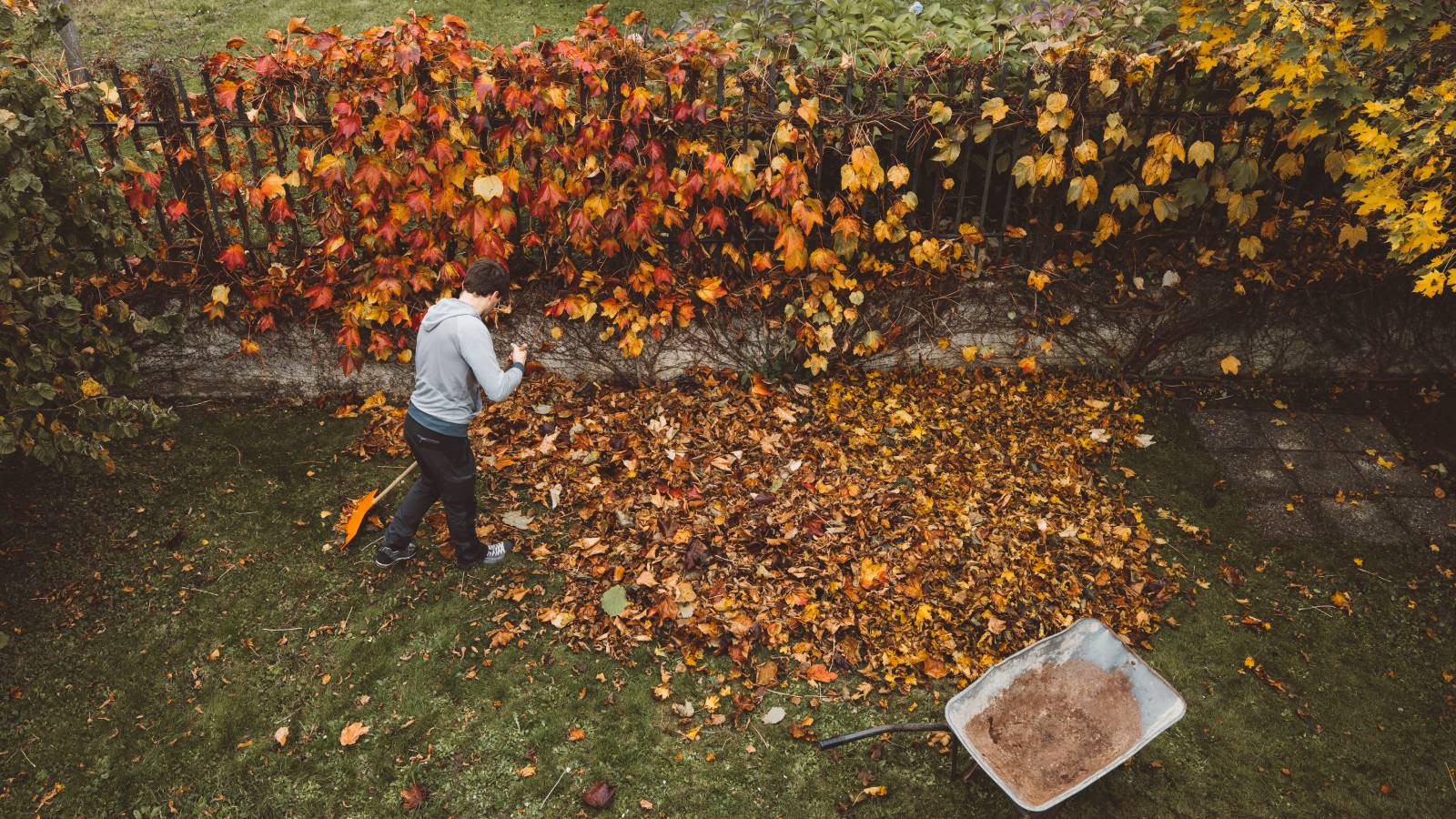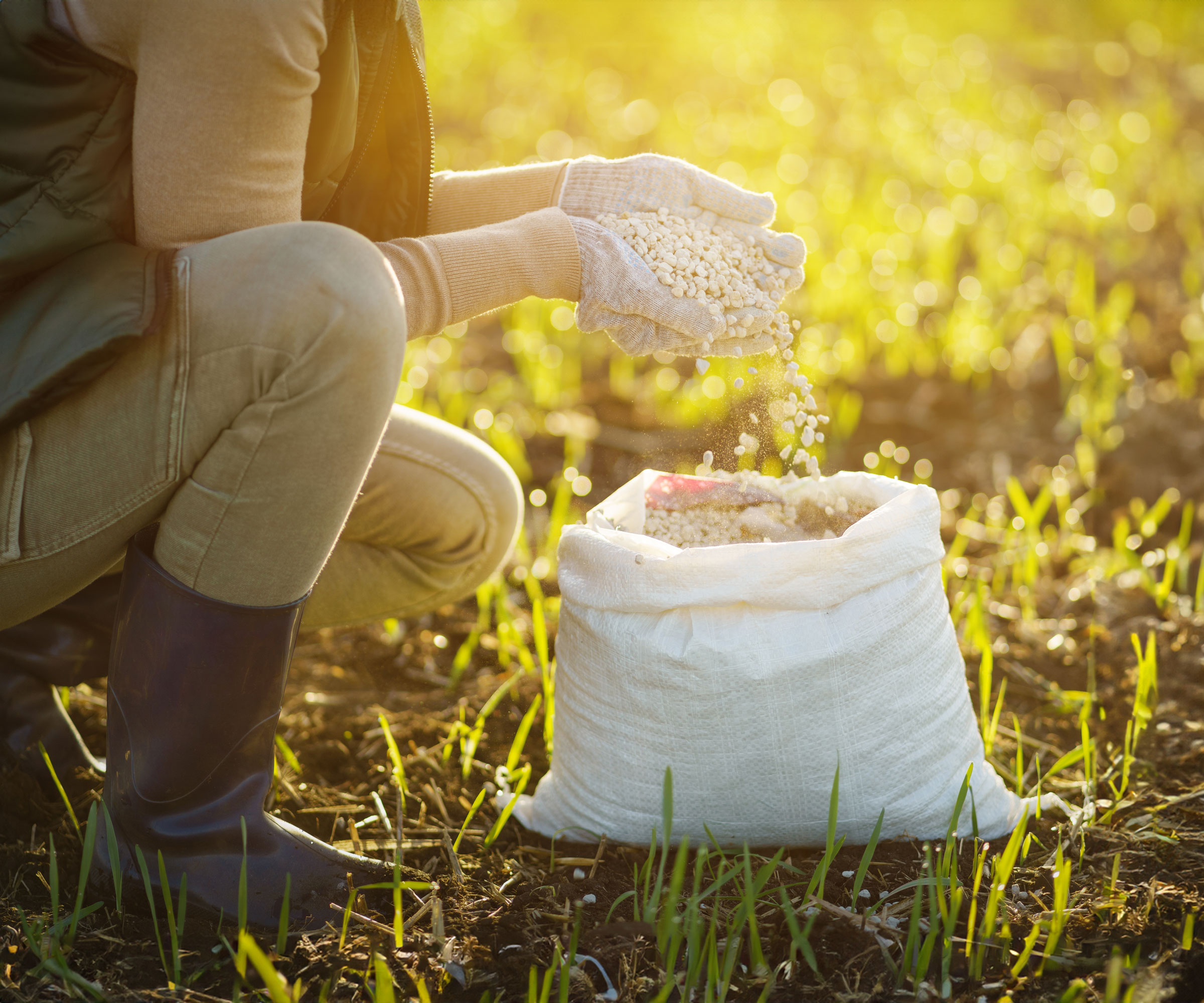3 Tasks All Gardeners Need to Do to Lawns in November for Lush Grass Next Year – and the One Job You Should Leave Until Spring
Don't waste time on the wrong chores. Finish the growing season strong with these 3 November tasks that prep your lawn for optimal growth next spring.


Lawn care doesn’t end when the winter starts creeping in – it just looks a little different. You may not be mowing the grass every few weeks or patching up bald spots with fresh grass seed, but there are plenty of other tasks your lawn will thank you for doing in November.
The reward? A lush green lawn come spring that bounces back perfectly from the cold winter months. You may be able to tuck away in the warmth of your home through the cooling seasons, but it’s important to remember that your grass is facing the full brunt of the winter at all times outdoors. Even mild winters can be a lot for grass roots to handle.
To help you give your lawn all it needs, I asked professionals in gardening and lawn care for the top three tasks they would recommend completing in November to ensure a lush lawn next year. The tasks themselves are rather simple, though there’s one that the pros strongly warned against doing at this time of year.

Aerating
During the spring, summer and autumn your lawn is likely getting more foot traffic. Perhaps you host summer barbecues and frequently mow, plod around tending to your spring garden, or walk around admiring the hues of autumn taking over your yard’s foliage. Every step taken on your lawn leads to soil compaction, making it increasingly hard for it to breathe.
Aerating your lawn in November as winter starts coming in is a great idea. Your lawn will now be less in use, and the full brunt of winter hasn’t yet settled.
Brian Feldman, senior director of technical operation at TruGreen, says, “Soil compaction is one of the biggest obstacles to a healthy lawn. Over time, especially in areas that get a lot of foot traffic, the soil becomes densely packed, making it harder for water, air and nutrients to reach your grass roots. When roots can’t access what they need, your lawn can thin out, become patchy and become more vulnerable to drought, weeds and lawn disease. Aerating your lawn in November gives the soil time to recover and allows new roots to establish before winter sets in.”
The Manual Push Core Aerator Lawn Tool available on Amazon is ideal for aerating smaller lawns. Simply push the prongs into your soil, take them out to leave holes, then repeat. If you have a larger lawn, something like the Walensee Lawn Aerator from Amazon may be more suitable as it can create more holes faster and has a detachable head for use in harder to reach areas.
Sign up for the Gardening Know How newsletter today and receive a free copy of our e-book "How to Grow Delicious Tomatoes".

Fertilizing
Last November I added fertilizer to my lawn for the first time, and now I’m never going to let a year pass without doing it. It makes complete sense: your lawn’s grass is about to enter the temperature stress that comes with winter and will need all the strength and energy it can get to survive. Fertilizing your lawn will help give it the boost it needs, and doing it in November is great because you won’t be stepping all over the grass as it decompresses and absorbs the nutrients.
“Fertilizing late in the year is one of the smartest things you can do, especially for cool-season grasses,” says Brian. “As air temperatures drop and soil stays warm, your lawn shifts its energy from top growth to root development, and the right nutrients can make a big difference.
“Though be careful not to over-fertilize, as too much can lead to nutrient runoff and weak, fast-growing grass that’s more prone to damage. The goal is strong, sustained growth from the roots up.”
Scotts Turf Builder WinterGuard from Amazon is ideal for late fall or early winter lawn fertilizing. It works to eliminate weeds while simultaneously building up the strength of your lawn’s roots. Make sure to read the packaging for guidance on how much to use.

Clearing Debris
The moisture and chill of winter provides the perfect environment for bacteria to thrive. Combine this with piles of decomposing leaves, moss and debris, and you’ve cultivated a recipe prime for fungal lawn diseases.
Angelia Zaber, lawn care specialist at Online Turf, further explains the importance of removing debris from your lawn in November to increase your chances of gorgeous greenery in spring. “Regularly clearing fallen, damp leaves or any other debris from your lawn is generally good practice, but it’s particularly important during November as your lawn care transitions into the winter. This can be done using a rake or a leaf blower, depending on your preference, but if you don’t gather them up your lawn will be at risk of disease.
“Dollar spot is a common one that impacts lawns, appearing as small silver-dollar-sized patches of almost bleached-looking grass, ruining your greenery. That’s the last thing you’ll want to see in spring.”
Angelika personally recommends using the HOSKO 79 Inch Leaf Rake available on Amazon for the job. It’s wide to gather up lots of leaves fast, and has an adjustable handle for ease of use.
Don’t Scarify Your Lawn During the Winter
Scarifying is the process of aggressively removing thatch, moss and dead organic material from between the blades of your grass and your soil’s surface. It can cling onto a lawn pretty well, so removing it is a rather rough process.
Though aerating your lawn in November can be highly beneficial, both Brian and Angelika warn others against scarifying your lawn so close to winter.
“While I usually advise to scarify and aerate your lawn at the same time, a lawn scarified in November will not be able to bounce back before the stress of winter,” says Angelika. “As a result, scarifying this late is likely going to do more harm than good, leaving your lawn weaker – resulting in bare patches and bigger susceptibility to diseases. This will also mean more work in the spring.”
It’s best to wait until spring to do this, though if you successfully undertake other forms of November lawn care you’ll have an easier lawn to tackle in the New Year.

Ciéra is a writer and regional laureate with particular passions for art, nature, philosophy and poetry. As well as contributing to Gardening Know How, she's an Editorial Assistant for Design Anthology UK and has words in other titles including Homes & Gardens, Livingetc, and Apartment Therapy. When she's not writing, Ciéra can be found getting incredibly excited when her small but ever-expanding garden shows more signs of growth. She believes it's something very beautiful to be cooking with her own produce, whether it's from her yard or picking berries from the wild to turn into jams or baked goods.